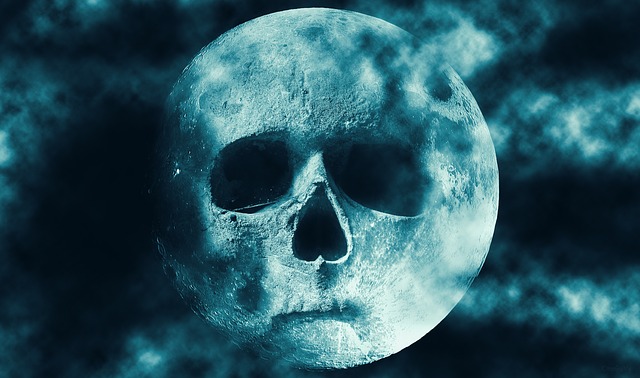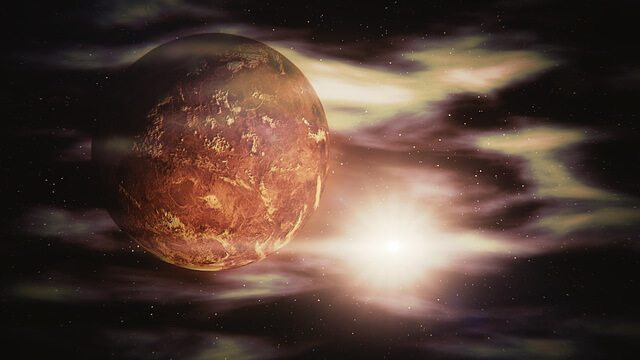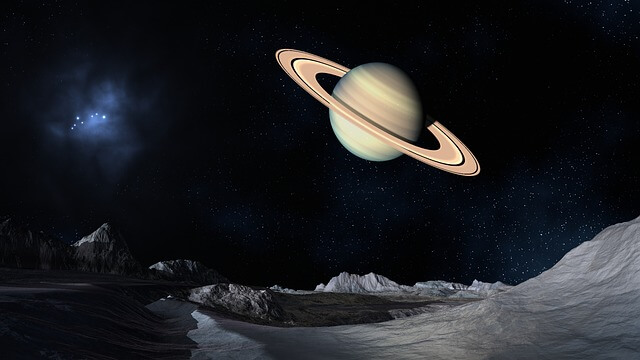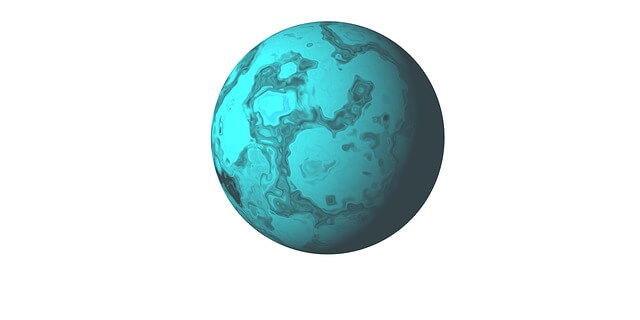Astronomers discover a celestial object called black planet WASP-104b in 2014 in the Leo constellation. According to new calculations, its surface absorbs up to 97-99% of the light due to the content of sodium and potassium in the atmosphere.
This light comes from its star – the yellow dwarf WASP-104, very similar to our Sun.
Scientists suppose that WASP-104b is one of the blackest planets in the universe. Previously, the darkest planet was TrES-2 b in the Dragon constellation, reflecting less than one percent of the light.
According to astronomers, after further clarification, it may appear that WASP-104b is even darker than TrES-2 b. Researchers believe that WASP-104b may turn out to be one of the blackest planets in the universe, known by humanity.
The planet WASP-104b is similar to Jupiter and belongs to the class of “hot Jupiters” – gas giants with a mass similar to the mass of Jupiter and a surface temperature of up to 2700 ° C (4892 °F). Most of the “hot Jupiters” that we know reflect about 40% of the light reaching them, but not WASP-104b. This planet absorbs almost all the light light falling on it – from 97% to 99%, which makes it one of the blackest planets known to humankind.
WASP-104b description
WASP-104b is extremely close to its star, at a distance of about 4.3 million kilometers (2,671,896 miles); the year there should last only about 1.75 of a Earth day. On the day side of the planet, always shown to the star, it is so hot that the gas does not condense in the upper atmosphere, and clouds do not form. Precisely clouds, as the example of Venus shows, usually reflect most of the light. Some astronomical objects, for example, Enceladus and Europe, reflect the light falling on them at the expense of ice, but ice, like clouds, can not exist on “hot Jupiter”.
Instead of clouds, WASP-104b is most likely shrouded in a dense atmosphere, which contains a lot of sodium and potassium, which absorb electromagnetic radiation in the visible part of the spectrum. For this reason, scientists believe, the day side of the planet reflects very little light.
Scientists, as a rule, find out “hot Jupiters” by the transit method, registering periodic drops of luminosity of a star at the moments when the planet passes between a star and a telescope. The large mass and small diameter of the orbits of “hot Jupiters” also allow to find them by small deviations in the orbits of their stars caused by the gravity of the planets.
If we flew to WASP-104b, we hardly saw that it was black, rather dark red. Instead of reflected light, the heated atmosphere gives its own glow.
The results of the study are published in the journal New Scientist.







